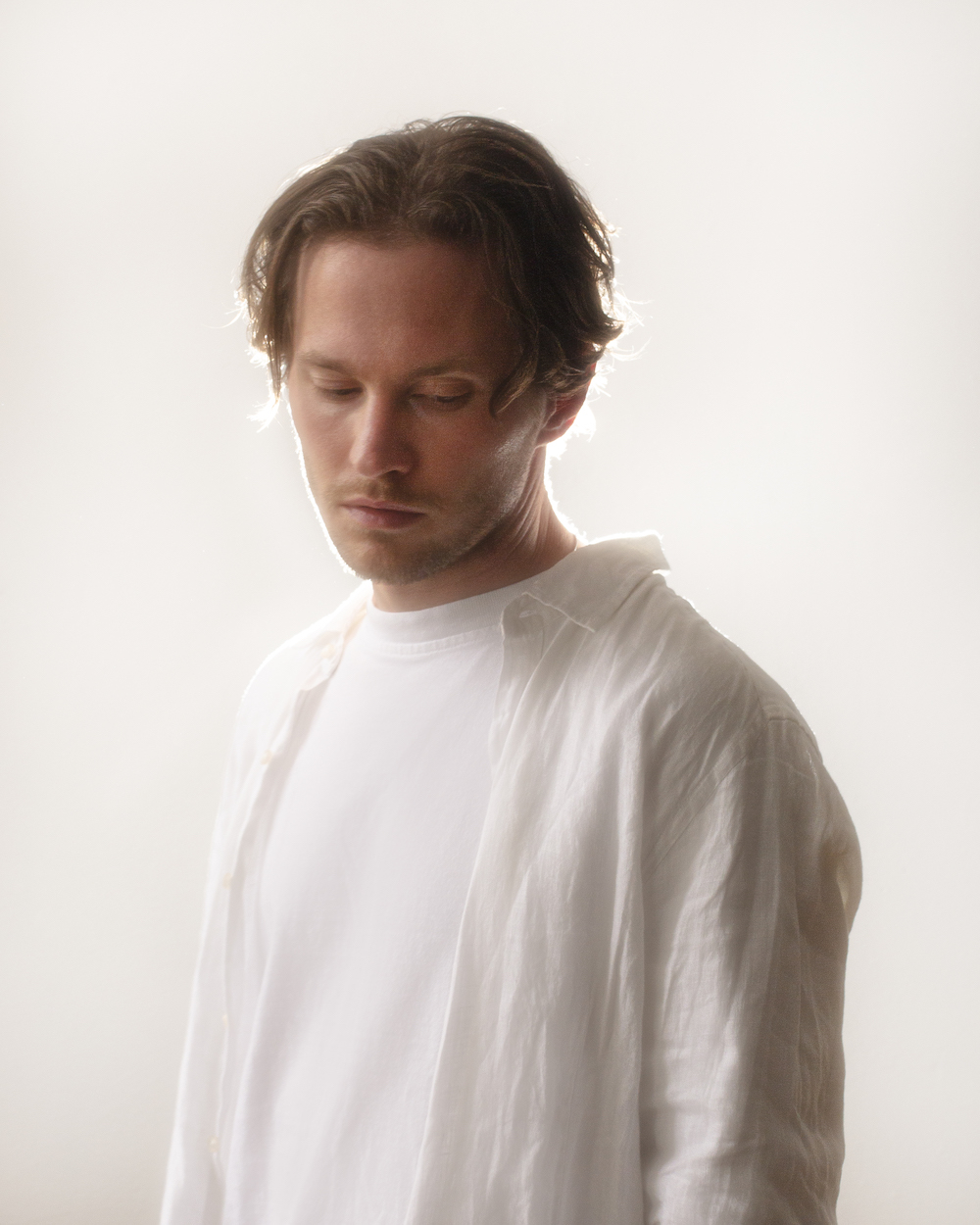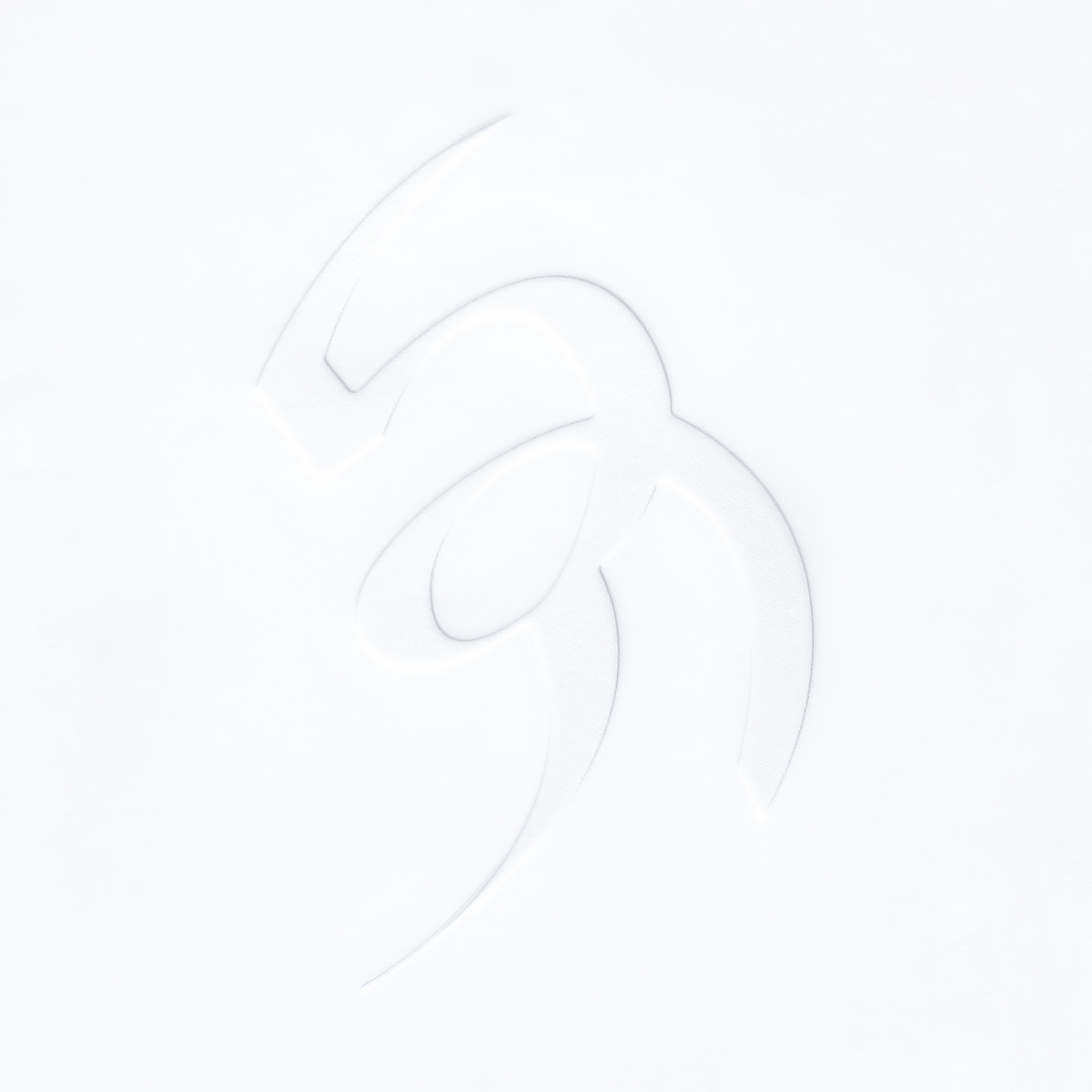
IN CONVERSATION WITH SOPHIE THATCHER
Sophie Thatcher, best known for her role in the critically acclaimed series…
Photography by Jason Renaud; Interview by Louise Garier


David August’s music is a ticket to imaginary worlds never visited before. We spoke about his new album ‘VĪS’ and his vision of music, and the way he creates, inspired by a desire to understand a universe that is beyond us all.
“I do music because it’s the language that I feel the most comfortable speaking.”
I am an artist who has undergone constantly transformative periods in his creation since the start of my career. What probably has been like a constant line throughout my process is a sense of curiosity and using music as a medium to grow. Making music for me is a process through which I try to get closer to myself. But at the same time also trying to understand the surrounding as an observer. In the first years music was a vehicle to naively approach dance music, in a way to seek for energetic and physical release. Then there was a period where music making for me was a vehicle to find a language for personal discovery and providence. The latest period of making music, and within the upcoming album, has been a period of trying to understand the world around us better.
“Berlin is this weird creative hub.”
It offers a very rich area of stimulation. It isn’t a city that most of us enjoy because of its beauty or its nature. Most of the creative people live here, because of its inspiring communities and movements. Berlin has always been in the vanguard of art and music specifically. This is what brought me always back because I felt inspired and I also came back out of commodity, I must admit. It is a very rewarding city for creative people, because of the people, not because of the city itself.
It started out of a curiosity about the mystery of life and how to get in tune with it. The idea was to approach writing music through an impersonal pathway, using music to undergo transformation and set myself in an empty space and listen to what comes to me. I was inspired by quantum physics, Eastern mysticism and philosophies among others. All these ideas basically speak about the same thing, they just use a different language, which is trying to comprehend or get in tune with the unexplainable. The music was a vehicle to start exploring intuition and sensation, to start exploring the mystery surrounding us in a spiritual way and using it as a personal escape in times of global crisis. Movement and imagination are the leading part of the writing process. And it is a great joy to hear that images appeared when you listened to this music.
“Someone told me that the music neither evoked sad feelings nor happy ones. It was apparently in a weird space in between.”
It moved me because it seemed that, at least to this listener, I had transmitted a sense of emotional balance. When you have an impersonal approach to writing music, you try to follow what the music wants and not what your ego wants. There is a musical idea. You try not to interfere. The music is called VĪS, which means energy, force, because the music is dedicated to something universal. It was about finding a neutralised space where my personal emotions would not manipulate the purpose. The natural development of the music was not driven by sadness or by the regular scopes of human emotions. So, what kind of emotions do I want to transmit with the music? I don’t know. None?
It comes from Latin. It has been used in the past within Latin poetry as a way to describe the energy that surrounds us and of which everything is made somehow. It has a very divine and spiritual meaning. I believe in something that is not necessarily definable but perceivable. This music is an attempt to have a dialogue with it.
This project has been a work of musical and visual collaborations. Also, the future will unfold in scenographic and choreographic collaboration. One of the most important collaborations has been with a Moroccan artist Hiba Baddou, who developed an imaginary alphabet of 121 symbols. We came up with the idea to develop an alphabet that is completely mapped to the music. It is a way to visually transmit the music through a form of communication that is detached from our known concepts. Then there are Saeed Abu-Jaber and Mothanna Hussein who run the design studio Turbo in Amman, Jordan. They have designed all the artwork and packaging using Hiba’s alphabet and contributed to the whole visual identity. My friends from Egozen collective, who are Ken Rodenwaldt, Armin Arndt, Beatrice Bianchini, Valeria Castaño Moreno, Erika Lowin have developed the upcoming VĪS website and lots of other small bits around the project. And without all the musical contributors none of this could have happened. Cansu Tanrikulu, Mark Wyand, Peter Gall, Rahel Rilling, David Adorjan, Louis Sterling. I am incredibly grateful for their help. Francesco Donadello and Anne Taegert who helped mix the record as well as Kassian Troyer for the beautiful job on the mastering. Many people with lots of patience involved!
No because the alphabet is not really speakable, it’s just a calligraphic visual identity. These symbols will have their reappearance throughout the next months and throughout the time. But it will not go out of this music. But who knows, maybe we can think about creating a vocal system to use it.
We will see where this goes, the alphabet is connected to this music. It can only exist within this musical cosmos. We will present it with an art book, involving photography and specific layouts of this alphabet, and an interactive website where you can explore the musical DNA of this album. It’s a very dynamic and interdisciplinary approach.
“I am a strong believer that music should speak first, before concept and the rationalisation of the medium of expression.”

Sophie Thatcher, best known for her role in the critically acclaimed series…
Photography by Jason Renaud; Interview by Louise Garier

"We have to create something that has a purpose and is useful. And not forced by the…
Interview Carolin Desiree Becker

Supporting Sydney’s cultural scene: This month’s collaboration reminds us of happy…
Interview by Sina Braetz